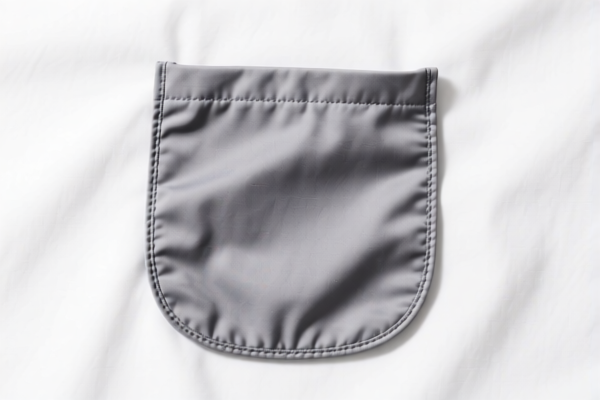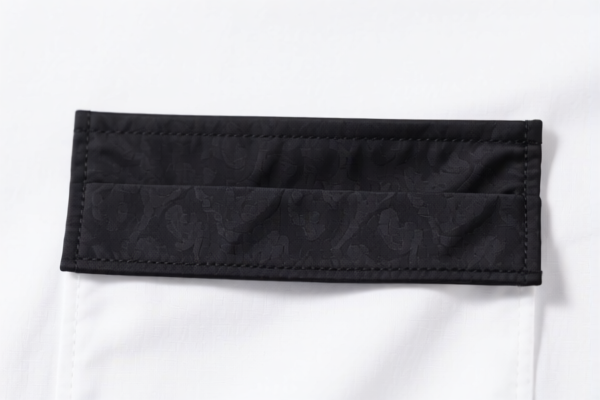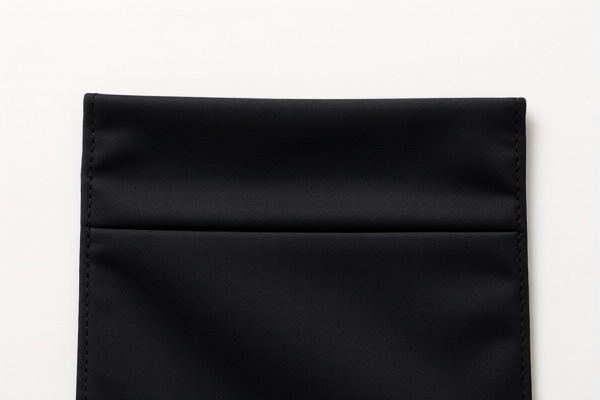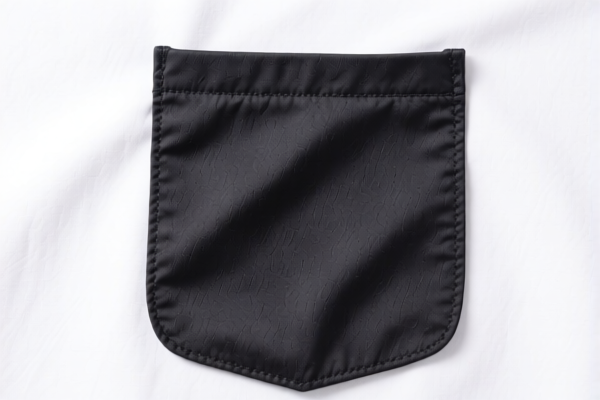| HS Code | Official Doc | Tariff Rate | Origin | Destination | Effective Date |
|---|---|---|---|---|---|
| 5811004000 | Doc | 55.0% | CN | US | 2025-05-12 |
| 5811002000 | Doc | 61.3% | CN | US | 2025-05-12 |
| 5810999000 | Doc | See additional U.S. note 5+30.0% | CN | US | 2025-05-12 |
| 5810929080 | Doc | See additional U.S. note 3+30.0% | CN | US | 2025-05-12 |
| 5801901000 | Doc | 58.7% | CN | US | 2025-05-12 |
| 5801902090 | Doc | 57.7% | CN | US | 2025-05-12 |
| 5802300090 | Doc | 61.2% | CN | US | 2025-05-12 |
| 5802200090 | Doc | 69.0% | CN | US | 2025-05-12 |
| 6117809570 | Doc | 52.1% | CN | US | 2025-05-12 |
| 6117909080 | Doc | 52.1% | CN | US | 2025-05-12 |
| 6114909070 | Doc | 35.6% | CN | US | 2025-05-12 |
| 6217909075 | Doc | 52.1% | CN | US | 2025-05-12 |
| 6217909095 | Doc | 52.1% | CN | US | 2025-05-12 |
| 6212900010 | Doc | 44.1% | CN | US | 2025-05-12 |
| 6212900090 | Doc | 44.1% | CN | US | 2025-05-12 |
| 6213902000 | Doc | 42.8% | CN | US | 2025-05-12 |
| 6213202000 | Doc | 44.6% | CN | US | 2025-05-12 |
| 6304996040 | Doc | 33.2% | CN | US | 2025-05-12 |
| 6304996020 | Doc | 33.2% | CN | US | 2025-05-12 |
| 9404909636 | Doc | 37.3% | CN | US | 2025-05-12 |
| 9404409022 | Doc | 42.8% | CN | US | 2025-05-12 |
| 8304000000 | Doc | 33.9% | CN | US | 2025-05-12 |
| 9403995005 | Doc | 55.0% | CN | US | 2025-05-12 |




Textile Bean Pocket
A textile bean pocket, commonly known as a beanbag chair, is a shaped bag filled with polystyrene beads, often referred to as beans. These chairs conform to the body's shape, providing a comfortable and informal seating option.
Material:
- Outer Fabric: Typically made from durable, woven textiles. Common choices include:
- Cotton: Breathable and relatively inexpensive, but less resistant to wear and tear.
- Polyester: Highly durable, water-resistant, and easy to clean. Often used for outdoor beanbags.
- Nylon: Strong and abrasion-resistant, suitable for heavy use.
- Velvet/Microfiber: Provides a softer, more luxurious feel, often used for indoor decorative beanbags.
- Canvas: A heavier, more rugged fabric, often treated for water resistance.
- Inner Filling: Almost exclusively comprised of expanded polystyrene (EPS) beads. These beads are lightweight, offer good cushioning, and are relatively inexpensive. Recycled EPS beads are also available.
- Inner Liner: An additional fabric layer, usually polyester or nylon, to contain the beads and prevent leakage.
Purpose:
- Casual Seating: Primary function is to provide a relaxed and informal seating solution.
- Decoration: Beanbags come in a wide variety of colors, shapes, and sizes, making them suitable for interior decoration.
- Relaxation: The conforming nature of the chair promotes a comfortable posture for lounging, reading, or watching television.
Function:
Beanbags function by allowing the EPS beads to shift and redistribute around the body's weight, providing support and conforming to its shape. The fabric outer shell contains the beads and provides a surface for sitting.
Usage Scenarios:
- Living Rooms: As a comfortable seating option for adults and children.
- Bedrooms: As a lounge chair or reading nook.
- Children's Rooms: As a safe and playful seating option.
- Outdoor Spaces: (Specifically those made with water-resistant fabrics) For patios, decks, and gardens.
- Gaming Rooms: Provide a relaxed seating position for extended gaming sessions.
Common Types:
- Traditional Beanbag Chair: A large, pear-shaped bag filled with EPS beads.
- Gaming Beanbag Chair: Often larger and more supportive, designed for prolonged sitting. May include built-in features like headrests or armrests.
- Lounger Beanbag Chair: Designed for reclining and relaxing, often larger and more elongated.
- Convertible Beanbag Chair: Can be converted into different shapes, such as sofas or beds.
- Outdoor Beanbag Chair: Made with water-resistant and UV-resistant fabrics.
- Kids Beanbag Chair: Smaller in size and often featuring colorful designs.
- Shaped Beanbags: Beanbags molded into specific shapes, such as animals or characters.
The declared goods, “textile bean pocket,” refer to small pockets constructed from textile materials, designed to hold bean-shaped objects. These pockets are likely used for various purposes, potentially including games, stress relief, or as small weighted objects.
The following HS codes are relevant based on the provided reference material:
- 6304.99.00 - Other textile articles of bedding, table linen, toilet linen, kitchen linen or household linen, not knitted or crocheted. This code encompasses a broad range of household textile articles. Given the description of a “pocket,” it could fall under this category if used for household organization or storage.
- 6405.20.00 - Other footwear, outer soles and upper parts of footwear, not rubber, of plastics, textile materials or leather. While primarily for footwear, the “upper parts” component could apply if the bean pocket is designed to be worn as part of a shoe or slipper.
- 9503.00.00 - Other toys, games and sports equipment; gymnastic or athletic equipment. If the textile bean pocket is intended for recreational use as a game or stress-relief item, this HS code is applicable.
- 4201.00.00 - Saddlery of all kinds, including harness accessories and saddlery parts or fittings of any material. This code covers articles used for animals, and if the bean pocket is designed for animal use (e.g., a weighted pouch for training), it could be classified here.
- 6109.10.00 - T-shirts, singlets, tank tops and similar garments, knitted or crocheted. If the bean pocket is integrated into a garment like a t-shirt, this code may be relevant.
Regarding HS code 9503.00.00, it is important to note that toys must comply with safety standards and may require specific certifications depending on the intended age group and materials used.
Customer Reviews
No reviews yet.